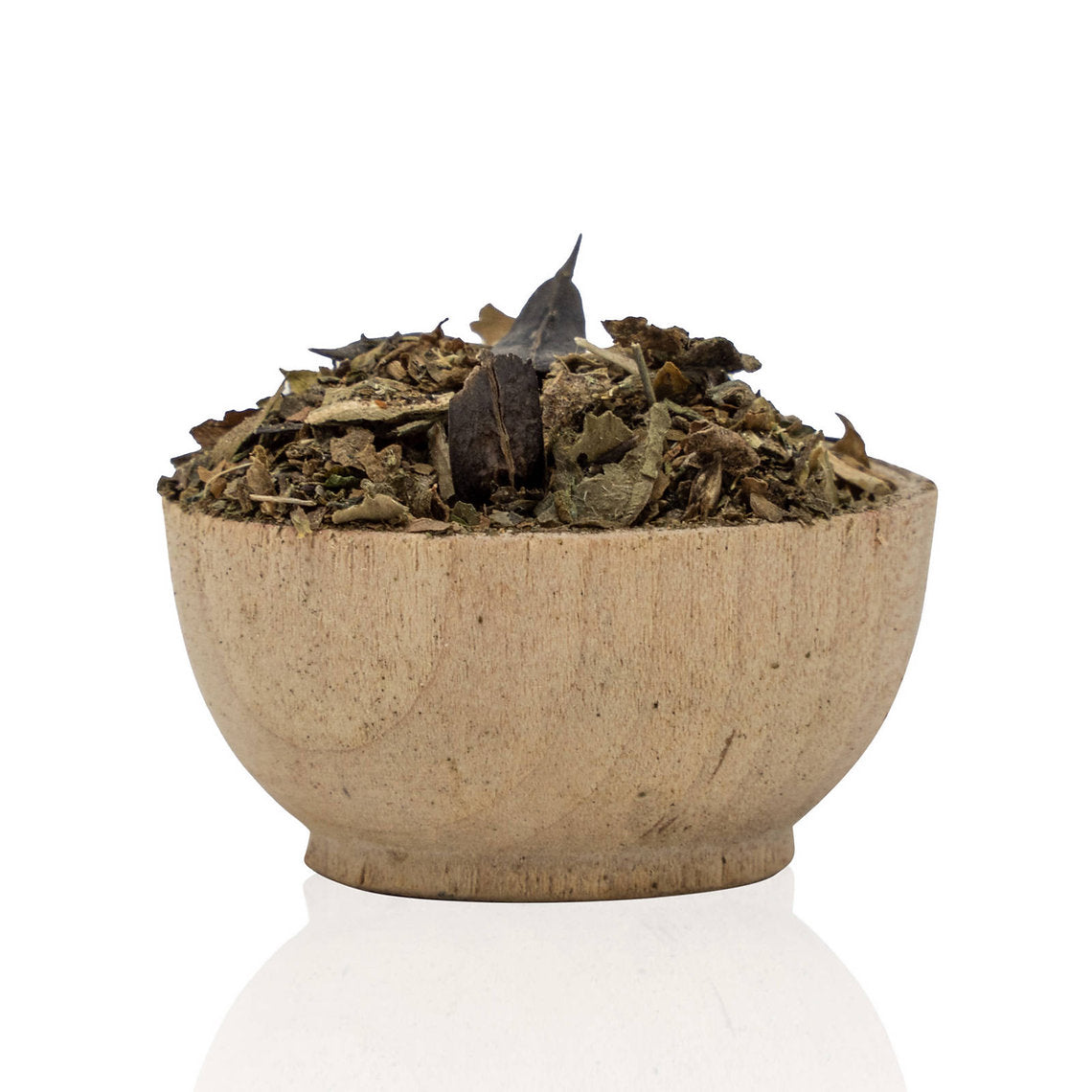
Woad Leaves and Seeds (Isatis Tinctoria) (Organic)
Pickup available at eHouse Rishon
Usually ready in 24 hours
Reliable shipping
Flexible returns
Description
Also known as Dyer’s Woad, Jerusalem Asp, Pastel (Fr.), Waid (Ger.), Wede (Nl.))
Description
Woad is a biennial flowering herb in the Brassicaceae family, growing up to 1.60 m tall. For centuries, it was the primary European source of blue dye, long before indigo from Asia became widely available. Our woad is organically grown and harvested at peak season, combining the leaves and black seed heads. The seeds can even be planted at home to grow your own woad crop.
Historical Note
Woad played a crucial role in European textile history, colouring everything from medieval tapestries to peasant cloth. In regions of France and Germany, entire economies were once built around its cultivation. While its indigotin content is lower than Indigofera species, woad remains historically significant, beloved by natural dyers for its cultural resonance, versatility, and soft, smoky shades of blue.
Active Dye Components
Indigotin, formed from precursors isatan A and B.
CI Colour Name
CI Natural Blue 1
Shading Tips
-
Standard vat method → classic smoky blues (lighter than Indigofera but beautifully soft).
-
Boiling method (extended extraction) → releases additional colouring matter, yielding rosy-pink to mauve shades(especially on wool).
-
Overdyed with madder → purple tones.
-
Layered with weld → clear greens.
Source
Our woad is organically grown in Europe, sustainably harvested, and includes both leaves and seed heads.

